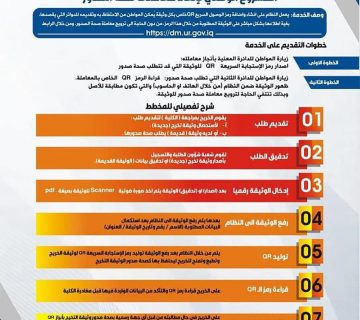A master’s thesis in the College of Veterinary Medicine at Al-Qadisiyah University discussed the study of the protective role played by the liposomal flavonoid propolis in reducing the negative effects caused by taking the drug doxorubicin in laboratory rats for the student, Sajjad Majid Latif.
This study aimed to evaluate the cardioprotective effects of nanopropolis in a rat model in which acute cardiotoxicity was induced by doxorubicin administration.
Propolis, a natural resinous mixture produced by honey bees, exhibits significant pharmacological activities, mainly as an anti-inflammatory and antioxidant agent. Propolis liposomes were prepared using the dry thin layer method, and it gave the best absorbance at the wavelength of 288 nm, and the particle size was 93.5 ± 0.87 nm. The encapsulation and loading percentages of the nanoparticles were 82.19 ± 2.76% and 65.75 ± 2.51%, respectively. Doxorpicin administration in a single dose showed a significant increase in cardiac biomarkers (CK-MB, Troponin I, LDH) as well as malondialdehyde. The activities of catalase, GSH and SOD were significantly decreased compared with the negative control group.
Treatment with propolis extract and its nanoparticles showed a palliative effect on cardiac tissue damage induced by doxorubicin by reducing serum levels of CK-MB, troponin I, LDH and malondialdehyde accompanied by an improvement in the enzymatic status of catalase, GSH and SOD. Histological data of the heart also supported the biochemical results and revealed the antitoxic effects of propolis extract and its nanoparticles against the effect of doxorubicin on heart tissue.
The experiments in their parts achieved a conclusion represented by the fact that the extract of propolis or nanopropolis has shown a remarkable protective effect in the cardiotoxicity induced experimentally with doxorubicin by improving a number of cardiac indicators associated with cardiotoxicity, which could represent effective and effective factors in weakening and protecting the serious complications associated with the drug in the clinical field.






لا تعليق